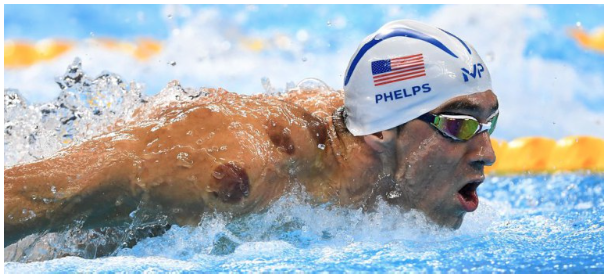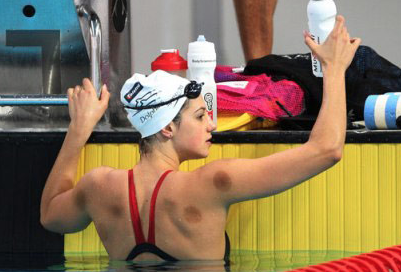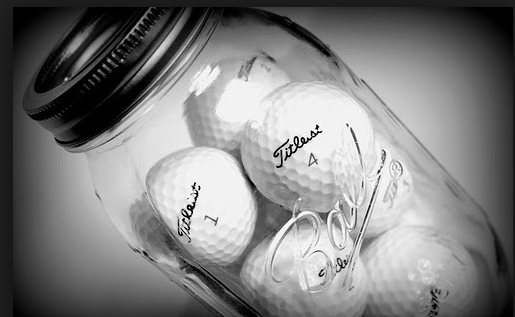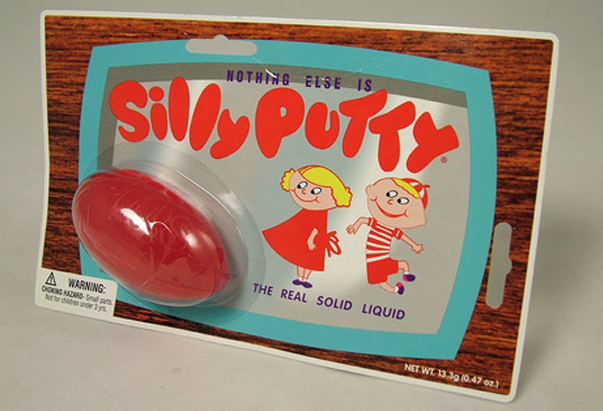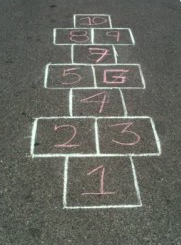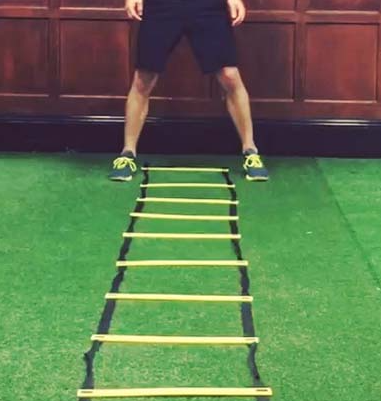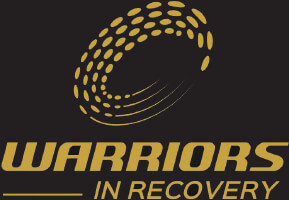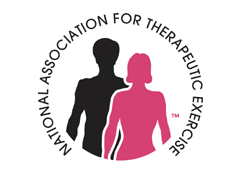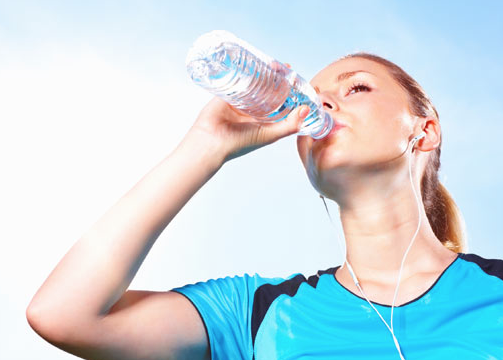
Since our bodies are about 70% water, it’s only logical that dehydration can impact athletic performance. Several studies, performed in healthy individuals, looked at the effects of induced hydration on cognitive performance and motor function such as fatigue, reaction times, mood, and mental focus. It appears that even 2% dehydration in our bodies is enough to impair performance. Some studies even suggest that even 1% dehydration has the same negative impact.
Simply put, if you’re sweating you’re losing water.
The general rule of thumb for most people is 8 glasses of water a day. However, if you exercise or play sports you should be drinking more water. Most athletes have been conditioned to hydrate before a competition, during training, and after training. That’s usually not the problem. What sometimes IS the challenge is how to properly MAINTAIN hydration.
To help you get a better handle on your Hydration, here are a couple of tips.
- Rise and Shine. Start your day off with a glass of water. Do it first thing when you get up in the morning. Since you don’t drink water in your sleep, you wake up at a loss. While you are at it, end your day with a one too!
- Sip water. If you drink it too quickly, then the water will go straight through your body. Just like training…hydration is a process.
- Bathroom Breaks. Water fountains are usually next to most restrooms. Take a few sips before and after each trip.
- Be Aware. The amounts you require can vary depending on your personal response, heat index, and type of activity being performed. Drink more when needed.
- Set an Alarm. There’s a new use for the timer on your smart phone!
- Don’t Stop. When you’re not exercising you should sip on water throughout your day. Keep a bottle of water ate your desk and refill it often.
- Water Logged. There’s an APP for that too! Just like exercise apps, there are now hydration apps to help you keep on track.
Hydration is very important on so many levels when it comes to athletic performance. I’ve already stated the obvious ones, but have you stopped to think about how hydration influences recovery? When your body is not receiving the fluids it needs, several abnormalities can arise that can negatively affect your performance. These can include poor oxygen perfusion, essential nutrients not being delivered to your muscles and draining inefficiency.
Water is the primary way that oxygen and nutrients are delivered directly to any injury. Lack of fluids creates delays in just about every aspect of sport recovery, and if your body doesn’t maintain proper moisture, cells that work to migrate over repaired tissue will not be able to repair tissues strained in sports at a normal pace…leaving you more susceptible to re-injury.
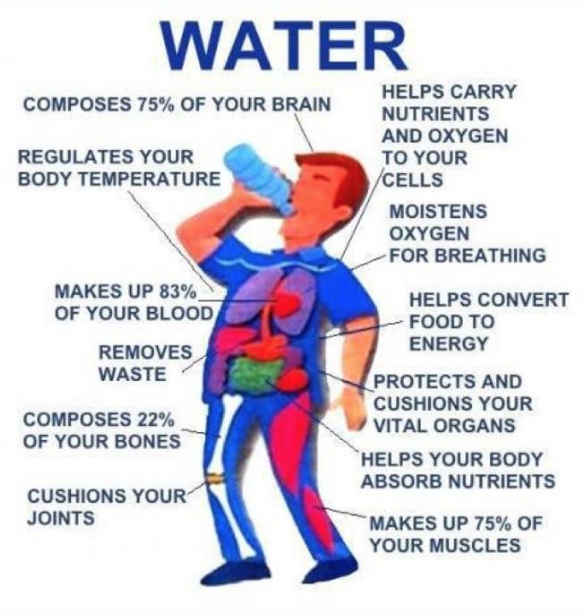
I’m always telling my clients, “integrated manual therapy is a lot like passive exercise for your body” and that what I do to correct tissue imbalances creates similar micro-tears in their muscles. Like with exercise, when these tissues repair, they then become stronger.
So how much water have you had today? Whew! my 2-liter bottle is sitting right next to me almost empty!
